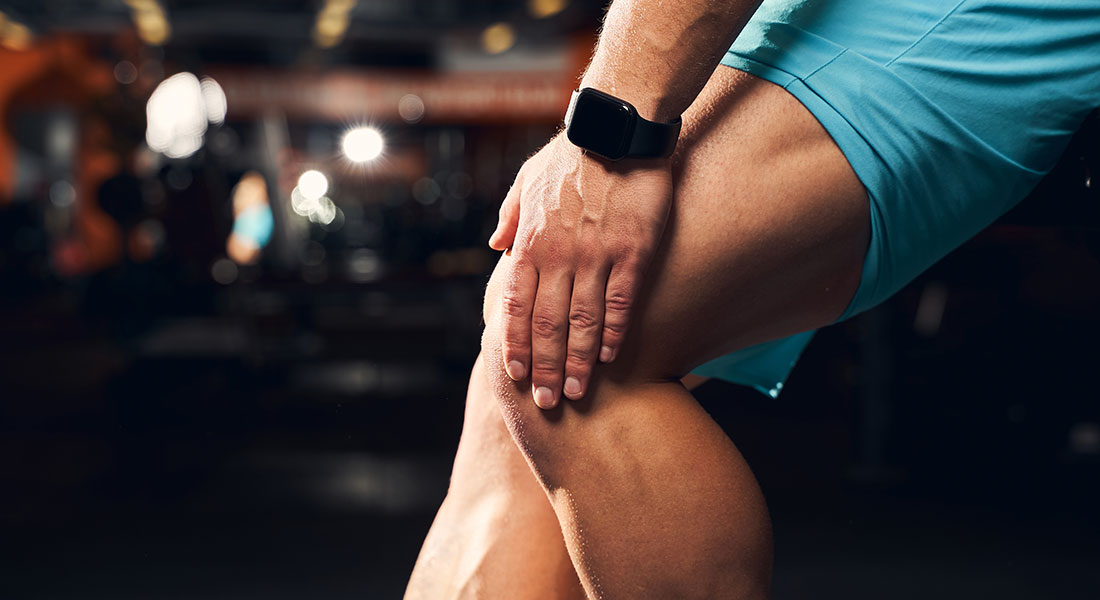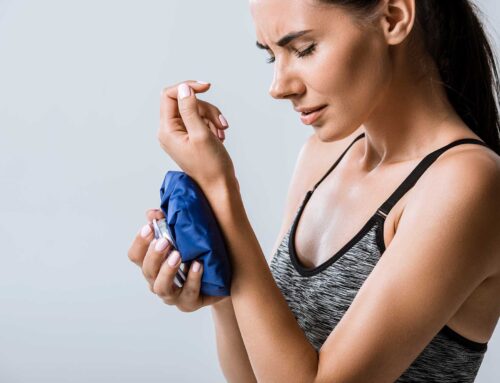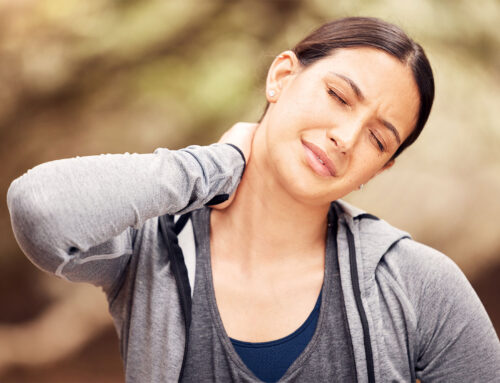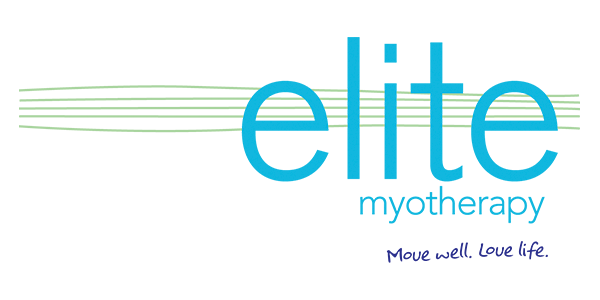Lateral knee pain refers to pain or discomfort on the outside (lateral aspect) of the knee. It can range from a sharp, stabbing sensation to a dull, persistent ache, and can significantly impair one’s mobility and quality of life.
Symptoms
While the primary symptom is pain on the outer part of the knee, other symptoms may accompany it:
- Swelling or inflammation around the lateral aspect of the knee.
- Stiffness, particularly after prolonged inactivity or upon waking.
- A feeling of instability or weakness in the knee joint.
- Crepitus or a grinding sensation when moving the knee.
- Reduced range of motion.
Causes
Various conditions and injuries can lead to lateral knee pain:
- Iliotibial Band Syndrome (ITBS): One of the most common causes, it occurs when the iliotibial band—a thick band of tissue that runs from the hip to the shin—becomes tight and inflamed. This tightness causes friction against the lateral epicondyle of the femur, leading to pain.
- Lateral Meniscus Tear: The menisci are cartilage structures in the knee that act as shock absorbers. A tear in the outer part can cause lateral knee pain.
- Lateral Collateral Ligament (LCL) Injury: This ligament connects the femur to the fibula. Sprains or tears can lead to pain on the outside of the knee.
- Osteoarthritis: Degenerative changes in the knee joint can sometimes affect the lateral compartment, resulting in pain.
- Bursitis: Inflammation of the bursae, which are small fluid-filled sacs near the knee joint, can cause pain and discomfort.
Myotherapy and Lateral Knee Pain
Myotherapy is a form of physical therapy that focuses on the assessment, treatment, and rehabilitation of musculoskeletal pain and associated conditions. Here’s how it can help with lateral knee pain:
- Muscle Release: Tight muscles can contribute to or exacerbate lateral knee pain. Myotherapists use hands-on techniques, such as deep tissue massage, to release these tensions.
- Dry Needling: By inserting thin needles into specific trigger points, myotherapists can help alleviate pain and muscle tightness, which can be beneficial for conditions like ITBS.
- Joint Mobilization: Gentle movements of the knee joint can help increase its range of motion and reduce stiffness.
- Corrective Exercises: Myotherapists often prescribe specific exercises to strengthen weak muscles and improve flexibility. This can help address underlying biomechanical imbalances contributing to the pain.
- Education: Myotherapists also educate their patients on proper movement patterns, posture, and ergonomics to prevent further injury and pain.
- Modalities: The use of heat, cold, or ultrasound can assist in reducing inflammation and promoting healing.
By addressing the root causes of lateral knee pain, myotherapy can provide both immediate relief and long-term solutions to prevent recurrence. If you suspect you have lateral knee pain, consult with a health professional to get an accurate diagnosis and appropriate treatment.







